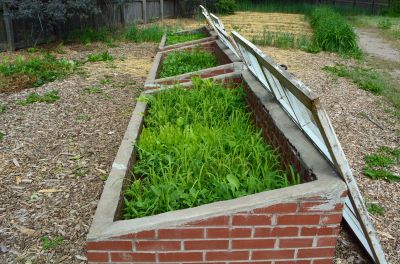Overwintering in a Cold Frame
There are many types of cold frames, both plain and fancy, and the type of cold frame will determine exactly how much protection it provides. However, the basic premise is that cold frames trap heat from the sun, thus heating the soil and creating an environment substantially warmer than outside the cold frame. Can you place dormant plants in cold frames? A cold frame isn’t the same as a heated greenhouse, so don’t expect to keep tender plants lush year round. However, you can provide an environment in which plants enter a period of gentle dormancy that allows them to resume growth in spring. Your climate will also place some limits on overwintering in a cold frame. For example, if you live in USDA plant hardiness zone 7, you may be able to overwinter plants hardy for zone 8 or 9, and maybe even zone 10. Similarly, don’t expect to overwinter zone 9 plants in you live in zone 3, but you may be able to provide conditions for plants suitable for zone 4 and 5.
Cold Frames for Tender Perennials and Vegetables
Tender perennials can be overwintered in a greenhouse and replanted when temperatures rise in spring. You can also dig tender bulbs and overwinter them in this manner. Overwintering tender perennials and bulbs is a real money saver because you don’t have to repurchase certain plants every spring. Cool-season vegetables are great plants to start in a cold frame, both at the end of fall or just before spring. Some of these include:
Lettuce and other salad greens Spinach Radishes Beets Kale Scallions
